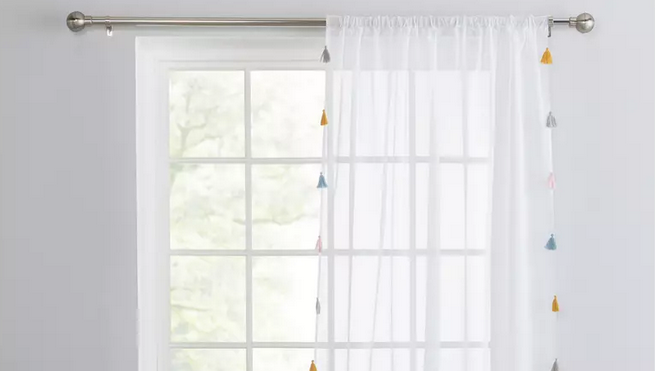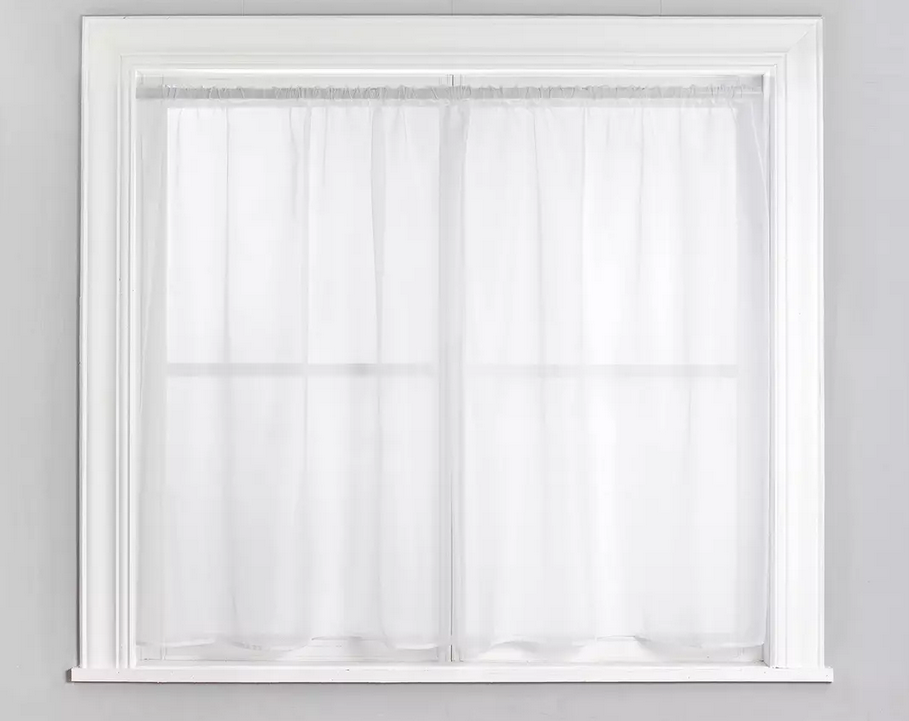
Have you woken up on a cold morning to find that your windows are covered in water droplets, known as condensation? Many of us are familiar with this and is almost a quirk of the colder months. Whilst we’re used to the phenomena, you may be wondering why this happens? In this article, we look at why windows have condensation.
Understanding window condensation
Window condensation is the presence of moisture on the window, usually in droplets or a mist on the surface. It occurs more in colder months as the moisture within the humid air makes contact with colder window surfaces. This is the same effect that happens on warm summer days, when water droplets form on the outside of cold glasses of drinks.
What causes window condensation on the inside of the home?
So, what exactly causes the condensation to form on the windows on the inside of your home? One reason is high indoor relative humidity: The relative humidity levels play a significant part in the production of condensation. If relative humidity is high, then the air is likely to contain a lot of moisture. In the colder months, this will form condensation when the moisture makes contact with the cold window surface.
Another reason why condensation may form indoors is due to a lack of ventilation. This is because the moist air can become trapped indoors, near windows, and prevented from circulating properly. As a result, the only place the moisture is able to go is onto surfaces within the home.
Excessive condensation can also be a result of temperature differences from poorly insulated windows. If the windows are not well-insulated, the glass can become colder from the outdoor air, making it much colder than the indoor air. This increases the chance of condensation forming as the moisture within the air makes contact with the glass.

What causes window condensation on the outside of the window?
Condensation can also form on the outside of the window. The main reason for this is the outdoor temperature difference. Similar to the humidity levels indoors, the colder temperature of Autumn and Winter weather means the glass will be particularly cold. During these colder months, the outdoor air is likely to contain more moisture which will create condensation when touching the glass. This occurs more during the earlier hours of the morning or later in the evening as the temperature drops.
Conclusion
Knowing why condensation appears on your window can help you to understand potential ways to prevent it. Whilst preventing the build-up of moisture is beneficial for a comfortable living environment, it is also important to recognise that in the colder months condensation may accumulate on the outer glass and this is to be expected due to temperature differences.
To read about how to prevent condensation on windows, click here.